Anthony Donskov
Anthony Donskov is the founder of DSC where he serves as the Director of Sport Performance. Donskov holds a Masters Degree in Exercise Science & is the author of Physical Preparation for Ice Hockey.
The Red Zone: Stress Management 101
- Font size: Larger Smaller
- Hits: 5728
- Subscribe to this entry
- Bookmark
As strength and conditioning professionals our job is to provide a safe platform for our athletes to develop strength, power, speed and other specific variables that can directly impact athletic performance. Simply put, we manage stress for a living. We prescribe specific doses of stress to elicit desired adaptation(s). Too little we fail to alter performance. Too much, overtraining and organism breakdown are the result. It is our goal to apply the right amount of stress at the right time to allow adaptation to occur (hypertrophy, strength, power ect.).
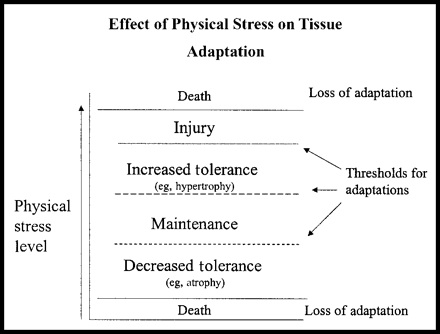
Specific thresholds define the upper and lower stress levels for each characteristic tissue response. These thresholds can be viewed as boundaries for the effective dose-response to physical stress. The 5 qualitative responses to physical stress are decreased stress tolerance (eg, atrophy), maintenance, increased stress tolerance (eg, hypertrophy), injury, and death. (1)
When we solve the stress equation successfully we have essentially increased base line conditions and have now increased “set points” for new thresholds. This is the adaptation or super compensation that we all seek as fitness professionals.
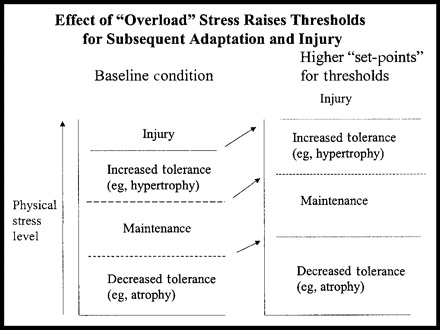
Increase in baseline conditions
The Red Zones
Exhaustion, overtraining and injury are the “red zones” of training. This occurs when the ability of the body to adapt is outpaced by the demands placed upon it. We need to view these areas as the “red zones” or danger zones in our profession. Stay away from these areas like the plague! Excessive stress can cause injury by one or more of the below mechanisms (1):
- High-magnitude stress applied for a brief duration
- Low-magnitude stress applied for a long duration
- Moderate-magnitude stress applied to the tissue many times.
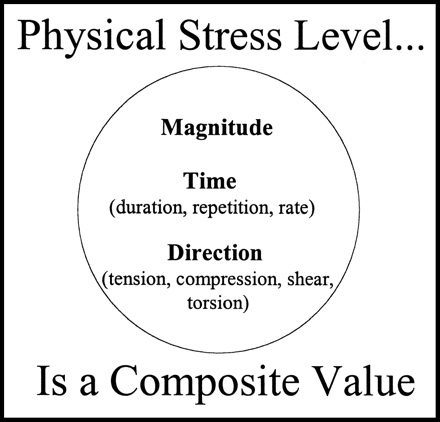
How can we get maximal adaptation with minimal stress?
These variables represent a composite value: intensity, duration and frequency of stress application. Another important factor is the direction or vector of the stress. This leads us to an important question as strength coaches: How can we best manipulate stress to keep our athletes safe, healthy, bigger, faster and stronger? Below are three areas of stress management 101 in the weight room.
Stress Management 101:
1.) Minimal Load/Maximal Benefit (Magnitude): The easiest way to eliminate a negative stress response and a trip to the “red zone” is to reduce the total load placed on the organism. Remove the weight! Uni-lateral exercise protocol is a great way to accomplish this task with half the load. The bi-lateral deficit (sum of force generated uni-laterally > than the sum of force generated bi-laterally) has been shown to be of extreme relevance. The BLD is attributed to local neural control mechanisms (Howard & Enoka 1991) and a decreased recruitment of high threshold motor units (Vandervoort et al. 1984). Stress management rule #1: Reduce the total stress placed on the organism. We can still seek positive adaptation without overstepping the high magnitude stress threshold. The majority of all the growth related low back pathology I see in the weight room is a combination of two components: the wrong exercise choice coupled with too much stimulus (weight) applied to aggressively. “The most frequent coaching error is when he strives to obtain an increase in the athlete’s physical fitness level as soon as possible; increasing the training loads volume.” (3)
Uni-Lateral Protocol
2.) Reduce Compression/Torque (Direction): The direction of stress or load vector applied has a huge impact on the stress response. Call it compression, torque, or an axial load vector; large doses of these forces over time can cause a trip to the “red zone”. McGill has stated in the past that the characteristics of the load (load rate, mode of load compression, bending, torsion, shear) and the properties of the tissue determine the type and extent of tissue damage. (4) User friendly protocol such as the trap bar dead lift (reduces torque, shear stress), single leg squats (reduces compression), and dumbbell overhead press (reduces torque) as opposed to their counterparts aid in reducing directional load variances that may lead to organism breakdown. Stress management rule #2: Reduce torque and compression on the organism. Direction matters!
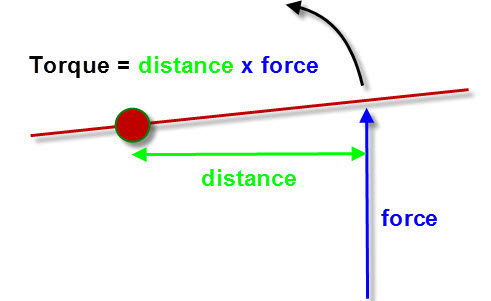
If we can shorten the lever arm, bringing the applied force closer to the axis of rotation, we can reduce the torque (the rotary component of force).
Trap Bar
3.) Frequency (Time): Rate, duration and repetition have a profound affect on the organism. As strength coaches’ program set up (4/week vs. 2/week) allows for a variety of movement pattern manipulation. Too much of a good thing leads to the “red zone”. Whether it’s continuous slow steady energy system work, repetitive grip selection or continuous, prolonged loaded movement this can lead to overtraining and injury. Stress management rule #3: Time is not always your friend! The body adapts, and the same stress applied too many times can lead to chronic injury.There is a need in certain populations for undulating stress levels, advanced periodization, exercise selection and tempo changes. These methods seek to consistently alter homeostasis while avoiding the “red zone” of pattern overload.
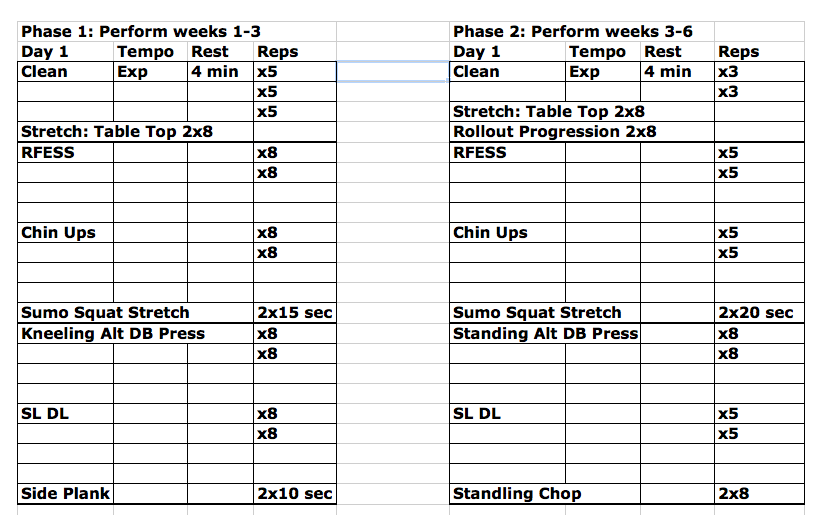
Undulating Stress
We are strength coaches and stress managers. Our priority is to keep our athletes safe, strong and ready for the demands of competition. We need to constantly ask ourselves, how can we elicit superior results with minimal/apropriate stimulus (magnitude, time, direction). I am a big fan of lifting heavy, jumping high and running fast, but the benefit MUST outweigh the risk. The “red zones” are chanced all too frequently in our field. Too many coaches confuse training with competition lifting (power lifting, Olympic lifters). Please don’t approach internal competition with “set weight” competition. One is safe for athletes, the other for power lifting meets. In the end stress manipulation is both a science and an art. Prescribe the right amounts (magnitude, time, direction) and adaptation occurs. Overdose and the results can be very serious (tissue damage, injury)! This is stress management 101!
References:
(1) Mueller, M., Maluf, K., Tissue Adaptation to Physical Stress: A Proposed “Physical Stress Theory” to Guide PT Practice, Education, and Research, JOAPT, Vol. 8, April 2002.
(2) Howard J D; Enoka R M Maximum Bilateral Contractions are Modified by Neurally Mediated Inter Limb Effects, Journal of Applied Physiology (Bethesda, Md: 1985) 1991; 70(1):306-16.
(3) Verkhoshansky, Y., Special Strength Training Manual for Coaches, Verkhoshansky, 2011, pg 125.
(4) McGill SM. The biomechanics of low back injury: implications on current practice in industry and the clinic. J Biomech. 1997; 30:465–475.
Anthony Donskov, MS, CSCS, PES, is a former collegiate and professional hockey player, founder of Donskov Strength and Conditioning Inc., (www.donskovsc.com) and Head Instructor/Director of Off-Ice Strength and Conditioning for Donskov Hockey Development (www.donskovhockey.com). He can be reached at info@donskovsc.com .
Facebook: http://www.facebook.com/pages/Donskov-Strength-and-Conditioning-Inc/111694352189187
Twitter: http://twitter.com/Donskovsc
